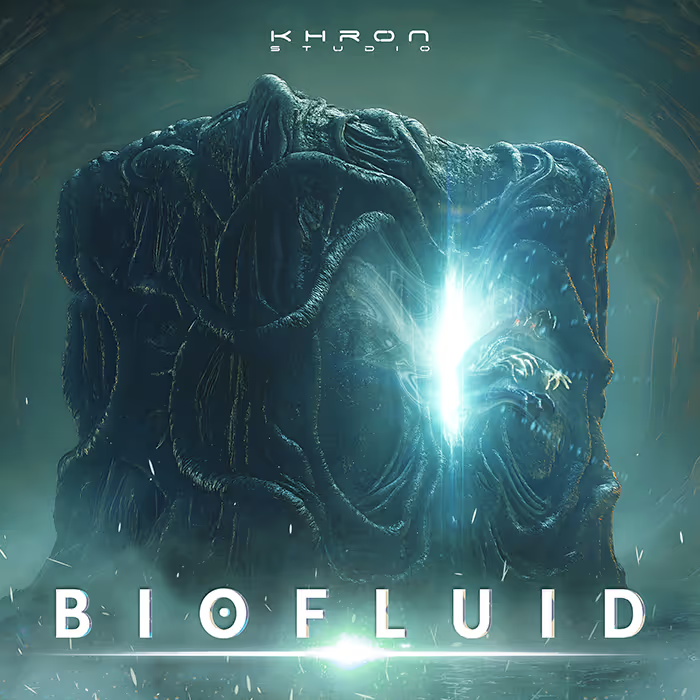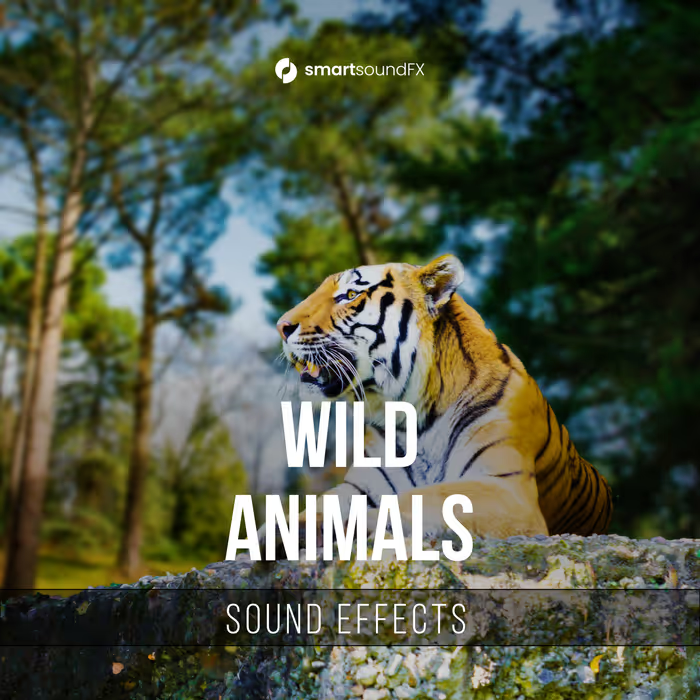I’ve recently been mentoring some folks starting out on their audio journey. I thought I’d share some of the most common feedback I’ve found myself giving when it comes to beginner’s sound design showreels.
(disclaimer – this is all my very subjective opinion. These aren’t necessarily the most important things to address, just small things that I’ve noticed across almost every showreel I’ve seen)
1. Add more detail to ambiences
I’ve never really noticed it myself until recently but ambiences in showreels can be overlooked, The first thing I always do when making a soundscape is build up the ambiences as much as possible. Here are some tips:
Start with a stereo bed (room tone, generic wind, etc) and then layer in mono SFX for literally anything in the scene that could make noise. Some obvious ones include birds in trees, fridges, fluorescent lights – but there’s probably tonnes more stuff you can add sounds to.
Closed windows? Add some filtered exterior ambience leaking through. Vents and pipes? Add something flowing through them. Giant metal structure? Let it creak and resonate in the wind.
The first thing I always do when making a soundscape is build up the ambiences as much as possible
You can then set the volume, pan, and pre-pan reverb for all of these SFX to position them in the world – making sure to automate all of those parameters based on the camera position. If it’s too busy, you can always take some of those things out later. Subtlety is key :)
Bonus points if you do some cool, game specific stuff with all of these new sounds! For example, if you’ve added birds in the trees, then make sure they’re geographically accurate to the game’s location – and then you can even make them fly away when the player fires a gun!
My personal aim is to make sure that the ambience is completely unique for every possible camera position in the world. Maybe it’s overkill – but I love this kind of stuff.
2. Beef up the Foley
Everyone includes footsteps – but I often see other foley such as cloth movements shying away in the final mix. Own that stuff! The cloth wants to be heard. A little bit.
Foley adds so much weight and life to the characters and you can really feel it when it’s missing
The sound of jackets, zips, backpacks, accessories, etc should probably be audible with basically every movement – ESPECIALLY whilst running. Every character has a unique outfit so it’s a fun opportunity to do a quick cosplay like them and record some Foley sounds.
Foley adds so much weight and life to the characters and you can really feel it when it’s missing. My final foley tip is that bodyfalls and impacts can probably be bigger than you think!
3. Make some stereo SFX mono instead
I’ve noticed this a few times now where sound effects which are attached to certain things in the distance are actually using very ‘wide’ sounding source material. The result being it doesn’t sound like it’s positioned correctly.
Don’t be afraid to make things mono if needed. Reaper is good at making items mono in the item properties window, so I’d recommend using this – or even setting up a custom shortcut for it!
If you still want something to sound big and wide, but the source you’re using is a bit too ‘stereo’ – then you can make the source SFX mono and add stereo reverb + stereo widening plugins afterwards – such as Valhalla Supermassive and iZotope Ozone Imager (both free!)
4. Add some cinematics
If you’re making a sound design showreel, you probably don’t have any music in there. That’s good! But sometimes these clips are calling out for a bit of non-diegetic sound to add tension, impact, oomph, etc. That’s where cinematic sound effects come in.
When it comes to redesigns, I like to replace anything that music would typically be doing in a scene with cinematic SFX. Say it’s a horror clip – you can make it a lot scarier by adding metal hits, drones, and risers to emphasise all of the key story beats.
When it comes to redesigns, I like to replace anything that music would typically be doing in a scene with cinematic SFX
They’re also great for adding impact and excitement to any action scene. The Fast and Furious films are a gold mine for this stuff – they may be a bit too much… but they certainly sound awesome.
5. Make your showreel shorter
Some people disagree, but I personally think that showreels should typically be short and snappy. It depends on who you’re putting your showreel in front of – but in general, I think a showreel that is too long and slow will turn listeners away.
Personally, I’d aim for a showreel around a minute long, and each clip within it to be below 15 seconds. Honestly, even clips which are 5 seconds long are a good idea as a little showreel-filler IMO.
I also like the idea of having a little sound effect for the start/end titles – but it needs to be short and sweet! No matter how you edit your showreel though, try to make sure it doesn’t start with 5 seconds of silence. Unless you’re John Cage.
6. Get feedback, but more importantly, know when to move on
I strongly recommend sharing any redesigns and showreels with friends, mentors, airwiggles.com, etc and getting feedback. Implementing and understanding external feedback is a great skill to develop.
However, my final tip is that sometimes when you’ve done a few rounds of feedback and there are still things you want to change, at some point it’s best to just let go. It may be more beneficial to take all of your learnings and new skills and put them to use on something new.
This is also a great way of building up a lot of variety of clips within your showreel. Keep doing this and you should have something relevant to show for any job application that comes up.
If you got this far I hope you found it useful! By all means this isn’t a hard-and-fast list of everything you must do – it’s just stuff that I’ve found myself repeating to several people who have been starting out. Hopefully it helps :)
And finally I just wanted to plug our new game audio social platform Airwiggles that we’re beta testing! If you have an interest in audio then you can help us by bookmarking the site and sharing some cool audio stuff.
About Lewis Thompson:
 Lewis Thompson is a sound designer and composer who works for audio outsourcer Soundcuts, on projects such as The Quarry and As Dusk Falls. In his spare time, he is a game audio mentor and organises Guildford and Bristol based audio meetups which you can find on his twitter here.
Lewis Thompson is a sound designer and composer who works for audio outsourcer Soundcuts, on projects such as The Quarry and As Dusk Falls. In his spare time, he is a game audio mentor and organises Guildford and Bristol based audio meetups which you can find on his twitter here.






